Forest Road Networks: Minimizing Environmental Impacts
- September 9, 2024
- 0 comment
Forest road networks are integral to forest management, providing vital access for activities ranging from timber harvesting to wildlife monitoring. These roads allow for efficient movement of personnel, equipment, and harvested materials, supporting both economic and conservation efforts. However, the construction and maintenance of these roads come with significant environmental challenges. Roads can fragment habitats, increase soil erosion, and disrupt water flow, leading to adverse effects on the surrounding ecosystems.

Understanding the role of road networks and addressing these environmental concerns is crucial in promoting sustainable forest management practices. Strategies to minimize the ecological footprint of forest roads are essential for balancing access needs with environmental stewardship.
Table of Content
- Designing Sustainable Forest Road Networks
- Construction Techniques for Minimizing Environmental Impact
- Mitigating the Impact of Forest Roads on Wildlife and Biodiversity
- Managing and Maintaining Forest Roads for Environmental Protection
- Restoring Ecosystems Impacted by Forest Road Networks
- Policy and Regulation in Forest Road Management
- Innovations in Minimizing Environmental Impacts of Forest Roads
- FAQs
Designing Sustainable Forest Road Networks
The design of forest road networks plays a pivotal role in minimizing their environmental impact. Sustainable road design in forest environments hinges on a few key principles: minimizing land disturbance, preserving natural drainage patterns, and avoiding sensitive areas such as wetlands and wildlife corridors. Geographic Information Systems (GIS) are invaluable in optimizing road placement, allowing planners to analyze topography, vegetation, and hydrology to determine the least disruptive routes. Best practices for road alignment focus on reducing habitat fragmentation and soil erosion, such as following natural contours and avoiding steep slopes. By carefully considering these factors during the design phase, forest road networks can be developed in a way that minimizes their impact on the environment.
Construction Techniques for Minimizing Environmental Impact
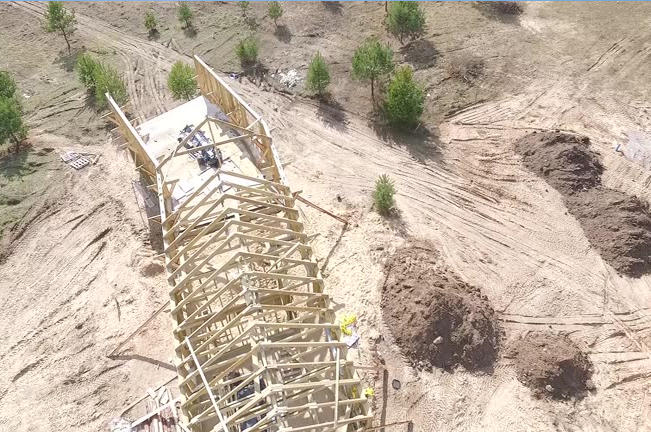
Constructing forest roads with minimal environmental impact requires the use of environmentally-friendly materials and methods. Selecting materials that blend with the natural environment and have a low carbon footprint is a critical first step. Techniques to reduce sediment runoff, such as installing silt fences and using erosion control blankets, are essential in protecting water quality during construction. Timing construction activities to avoid sensitive periods for wildlife, such as breeding seasons, can significantly reduce impacts on local flora and fauna. Additionally, proper drainage systems should be implemented to prevent water from accumulating on roads, which can lead to erosion and habitat disruption. These construction techniques are vital in minimizing the environmental footprint of forest road networks.
Minimizing Forest Road Effects on Biodiversity
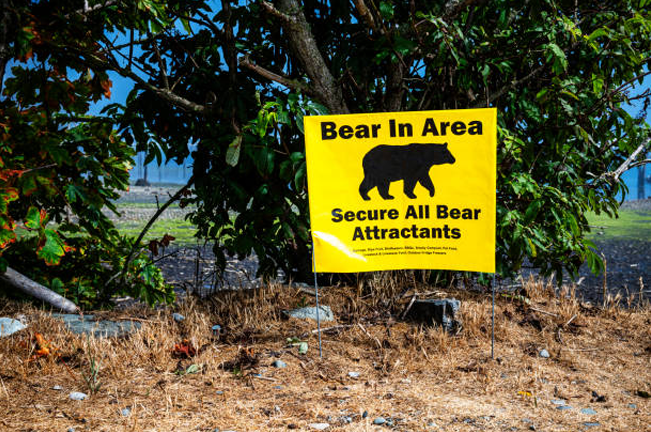
Forest roads can have significant impacts on wildlife and biodiversity, primarily through habitat fragmentation and direct mortality from vehicle collisions. To mitigate these effects, maintaining habitat connectivity is crucial. Designing wildlife crossings, such as underpasses or overpasses, helps ensure that animals can safely cross roads without risk of injury or death. Barriers and fencing can also be strategically placed to guide animals towards these crossings. Case studies from around the world have shown the effectiveness of wildlife-friendly road designs. For example, in Banff National Park, Canada, the implementation of wildlife overpasses has dramatically reduced wildlife-vehicle collisions, demonstrating the potential for these strategies to protect biodiversity in forested areas.
Managing Forest Roads for Environmental Protection
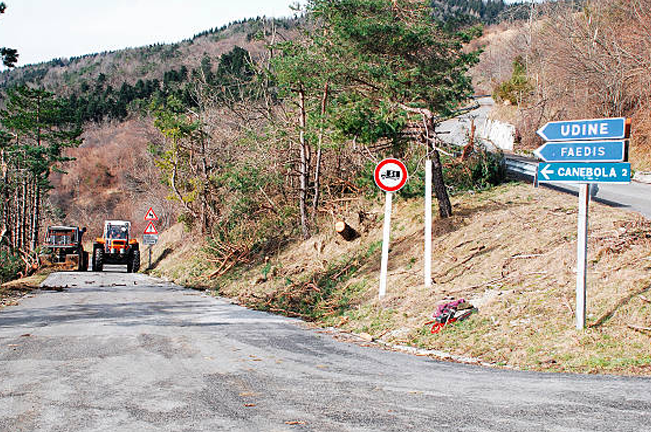
Effective management and maintenance of forest roads are essential to minimizing their long-term environmental impact. Best practices include regularly clearing drainage ditches, repairing erosion damage, and ensuring that road surfaces remain stable. Monitoring erosion and sedimentation from road networks is critical in preventing these processes from degrading nearby waterways and habitats. Regular maintenance can also prevent roads from degrading into sources of pollution or becoming impassable, which can lead to the creation of new, unnecessary roads. By prioritizing environmental protection in road maintenance activities, forest managers can help ensure that road networks continue to serve their purpose without causing undue harm to the surrounding ecosystems.
Ecosystem Restoration from Forest Road Impact
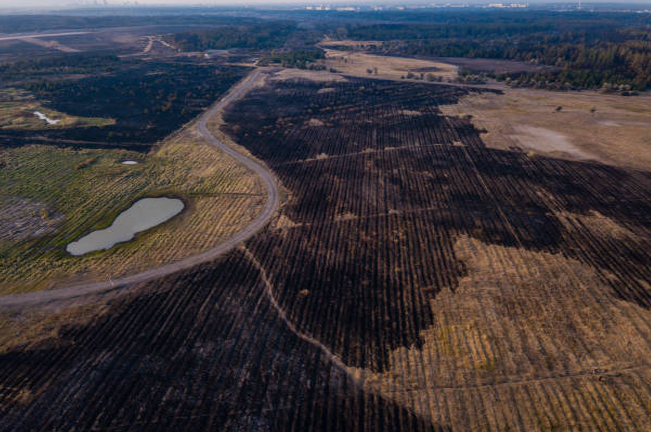
When forest roads are no longer needed or have caused significant environmental degradation, decommissioning and restoring these roads is a vital step in ecosystem recovery. Decommissioning involves removing road structures, re-contouring the land, and restoring natural drainage patterns. Reforestation efforts can then be undertaken to restore vegetation and habitat in areas affected by road construction. Techniques such as planting native species and controlling invasive plants are essential in these restoration efforts. Success stories of ecosystem recovery, such as the decommissioning of old logging roads in the Pacific Northwest, highlight the potential for significant ecological restoration following road removal or rehabilitation.
Policy and Regulation in Forest Road Management
Environmental Impact Standards: Regulations focus on minimizing environmental harm by controlling erosion, protecting water quality, and reducing habitat disruption.
Government Oversight: Government agencies enforce compliance with forest road construction and maintenance regulations, ensuring adherence to sustainable practices.
Sustainable Road Construction Guidelines: Policies provide clear guidelines for building and maintaining forest roads in a way that minimizes ecological damage.
Community Involvement: Local communities play a role in decision-making, offering insights that align road management with environmental and social values.
Incentives for Sustainable Practices: Governments and NGOs offer incentives to encourage road management practices that protect ecosystems and reduce environmental degradation.
Monitoring and Enforcement: Active monitoring ensures that forest road networks comply with environmental regulations, supported by penalties for violations.
Collaboration with NGOs: Non-governmental organizations contribute expertise and advocacy to promote sustainable forest road management.
Innovations in Minimizing Environmental Impacts of Forest Roads
Emerging technologies and innovative practices are playing an increasingly important role in reducing the environmental impacts of forest roads. New materials, such as permeable pavement, allow water to pass through the road surface, reducing runoff and erosion. Remote sensing technologies, including drones, offer new ways to monitor road conditions and environmental impacts in real-time, enabling more proactive management. Future trends in sustainable road network design include the integration of smart infrastructure, which can adapt to changing environmental conditions and minimize disruption to ecosystems. As technology continues to evolve, the potential for reducing the ecological footprint of forest roads will only increase, offering new opportunities for sustainable forest management.
Frequently Asked Questions (FAQs)
1. What are forest road networks, and why are they important?
Forest road networks are systems of roads constructed within forested areas to facilitate access for various activities such as timber harvesting, wildlife monitoring, fire management, and recreational use. They are essential for managing and utilizing forest resources effectively.
2. How do forest roads impact the environment?
Forest roads can lead to habitat fragmentation, soil erosion, water pollution from sediment runoff, disruption of wildlife movement, and increased risk of invasive species introduction. These impacts can significantly alter the ecosystem and reduce biodiversity.
3. What are the key principles of designing sustainable forest roads?
Sustainable forest road design involves minimizing land disturbance, preserving natural drainage patterns, avoiding sensitive areas, and using Geographic Information Systems (GIS) to optimize road placement. The goal is to reduce environmental impact while providing necessary access.
4. How can the construction of forest roads be done in an environmentally-friendly manner?
Environmentally-friendly construction techniques include using sustainable materials, implementing erosion control measures, timing construction to avoid critical wildlife periods, and designing roads to blend with the natural landscape to minimize ecological disruption.
5. What strategies can be used to mitigate the impact of forest roads on wildlife?
To mitigate the impact on wildlife, strategies include designing wildlife crossings such as overpasses and underpasses, installing barriers to direct animals safely, and maintaining habitat connectivity. These measures help reduce roadkill and protect biodiversity.
6. How can forest roads be maintained to protect the environment?
Best practices for maintaining forest roads include regular inspections, clearing drainage systems, repairing erosion damage, and monitoring sedimentation. Proper maintenance helps prevent long-term environmental degradation and ensures the roads remain functional without causing harm to ecosystems.
7. What steps can be taken to restore ecosystems affected by forest roads?
Restoration involves decommissioning unused roads, re-contouring the land, restoring natural water flow, and reforesting areas with native plants. These efforts help recover habitats and restore ecological balance in areas impacted by road networks.
8. What role do policies and regulations play in forest road management?
Policies and regulations ensure that forest road networks are designed, constructed, and maintained with minimal environmental impact. They establish standards for road construction, promote sustainable practices, and involve community input in decision-making processes.
9. What are some innovations in minimizing the environmental impacts of forest roads?
Innovations include the use of permeable pavements, remote sensing technologies like drones for real-time monitoring, and smart infrastructure that adapts to environmental changes. These technologies help reduce the ecological footprint of forest roads and improve management practices.
10. How can communities get involved in minimizing the environmental impacts of forest roads?
Communities can participate by providing input during the planning process, monitoring road conditions, and engaging in restoration projects. Their involvement ensures that road management practices align with local environmental and social values.
11. What are the future trends in sustainable forest road management?
Future trends include the integration of advanced technologies for monitoring and management, the development of more sustainable construction materials, and increased emphasis on ecological restoration. These trends aim to further reduce the environmental impact of forest road networks.

Gilbert Griffin
Forestry AuthorGilbert Griffin is a forest management expert specializing in sustainable practices, forest health, conservation, and land management. With extensive knowledge in pest control, disease management, and habitat restoration, Gilbert develops strategies to preserve forest ecosystems and biodiversity. Passionate about the natural world, Gilbert adapts to changes in forest management and stays updated through continuous learning. Gilbert also provides seasonal advice to optimize forest care throughout the year.




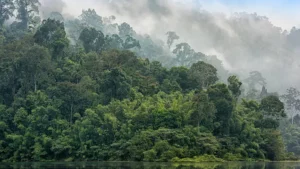
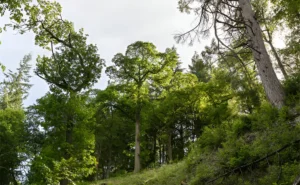

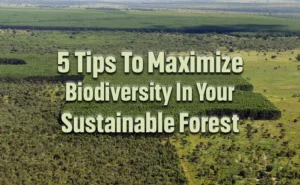
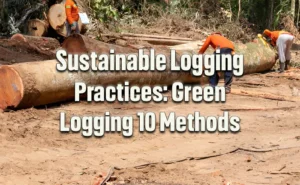
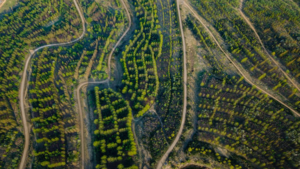

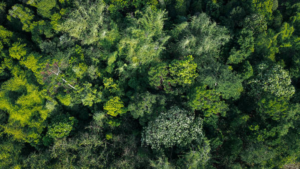

Leave your comment